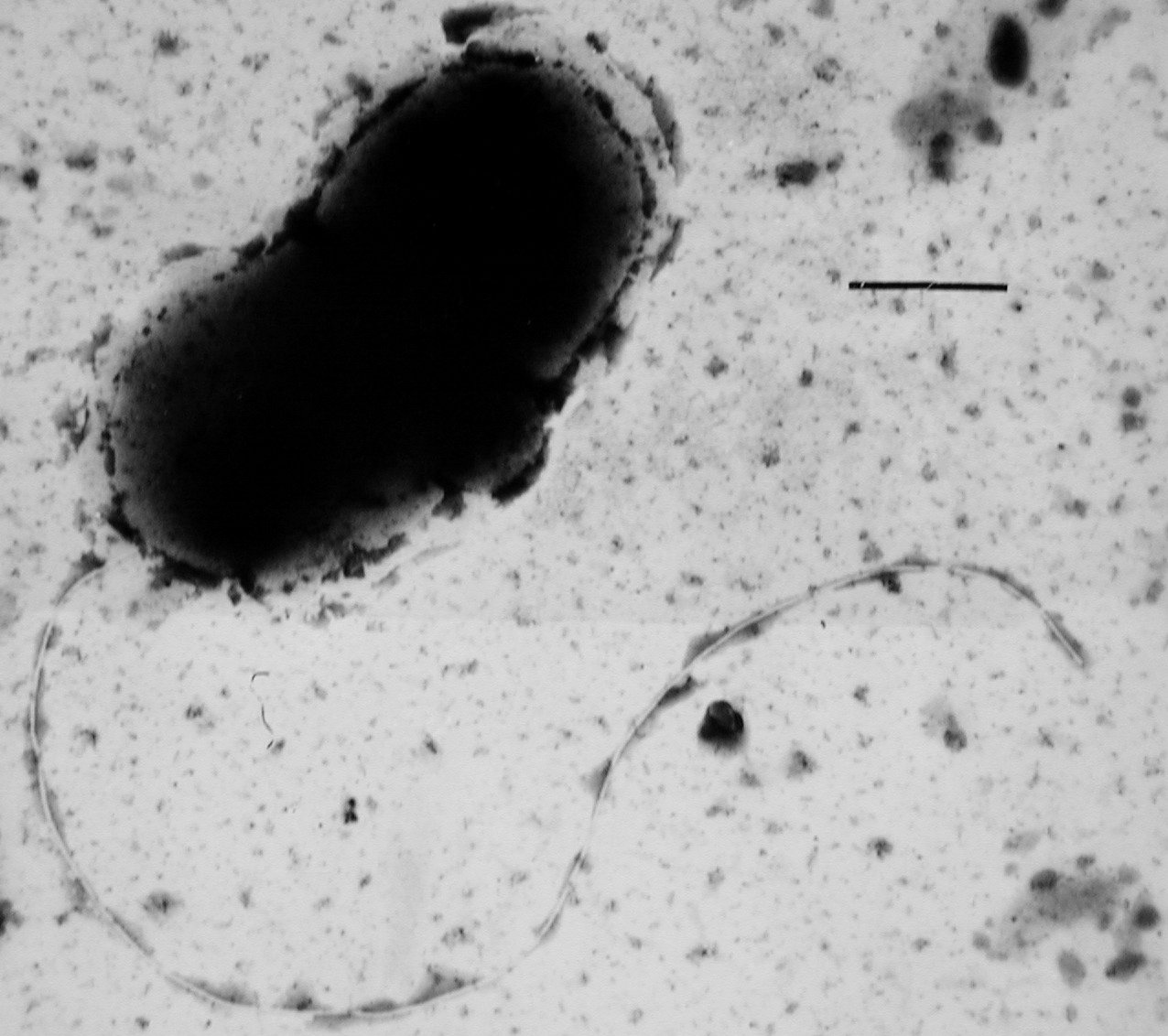Can Bacteria Grow In Hot Watre Line. Web by gus stephens updated dec 1, 2021 10:35 p.m. The risk of scalding and the risk of disease from bacteria that thrive in hot water inside the heater.

Web by gus stephens updated dec 1, 2021 10:35 p.m. Web safety & legal buyer’s guide about faq if you’re looking to read more articles like does hot water kill bacteria? Here’s 6 things you should know, hot water safety is best.
Web Waterborne Germs Can Live And Grow In Our Pipes And In Devices That Use Water, Such As Humidifiers.
Web we now know that storing water at 110 f, as was called for in many energy conservation mandates in the 1970s, can lead to an increase in legionella bacteria. Here’s 6 things you should know, hot water safety is best. Web legionella bacteria are found naturally in freshwater environments, like lakes and streams.
The Risk Of Scalding And The Risk Of Disease.
So, when installing your water heater, your plumber should set the thermostat to 60oc. Given the right conditions, you can find legionellain water or soil. Recirculate hot water continuously, if possible.
Web Yes And No.
Only a salt based water softener can. And is that something that i can just drain or should i be afraid of bacteria, algae, legionnaire’s disease? Web our study provides a new window of understanding into the microbial ecology of potable hot water systems and helps to resolve past discrepancies in the literature.
Hot Water Is Capable Of Killing Some Germs, But The Real Question Is, How Hot Must The Water Be, And For How Long Do The Germs Have To Be Exposed To It?.
They live inside another microbe, amoeba, and are generally inhaled via contaminated water droplets in the air. Bacteria can infiltrate your water heater and have. Some of these germs can make people sick.
You Can Even Find These Droplets Coming.
Your water heater can be the source of two common health hazards: No, i don’t think so. Web store hot water at temperatures above 140°f (60°c) and ensure hot water in circulation does not fall below 120°f (49°c).